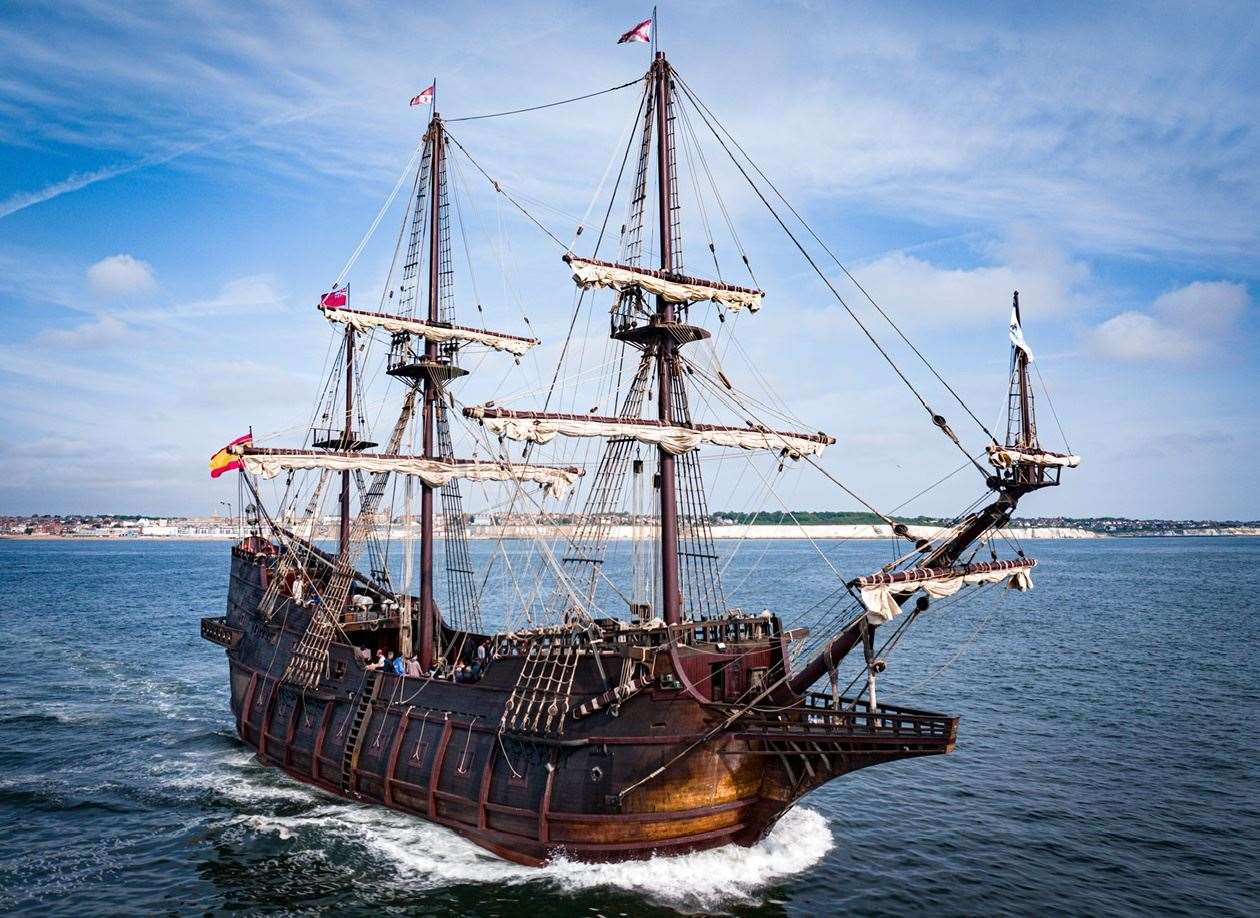Know your Nautical Terminology
Our ongoing study of the development of sailing from the Viking longboat to the Clipper ships. I will explain over the next several months. Caravels were developed from Mediterranean coastal craft and were generally too small for open ocean work. They evolved into the larger and more useful
galleon
A large, multi-decked sailing ship with a prominent, squared-off, raised stern, generally carrying three or more masts, typically lateen fore-and-aft-rigged on the rear mast and square-rigged on the mainmast and foremast. Galleons were used primarily as armed cargo carriers and sometimes as warships by European states from the 16th to the 18th centuries.
Historical Significance
The transition from carracks to galleons marked a shift toward versatile, cannon-armed vessels that supported the Age of Sail's expansion of trade, colonization, and naval power. By the mid-17th century, galleons evolved into full-rigged ships-of-the-line during the Anglo-Dutch Wars, influencing modern warships. This development underscored Europe's maritime dominance, blending commerce with military innovation.
A replica of the galleon Andalucia. Ships very similar to this would have made up the bulk of the Spanish Armada that attacked England in 1588. 
A model of HMS Revenge, a race-built galleon. HMS Revenge would have been one of the larger ships in the English fleet that defeated the Spanish Armada. It was smaller than the Andalucia. 
SpyNavy
Garde la Foi, mes amis! Nous nous sommes les sauveurs de la République! Maintenant et Toujours!
(Keep the Faith, my friends! We are the saviors of the Republic! Now and Forever!)
LonePalm, le Républicain du verre cassé (The Broken Glass Republican)
